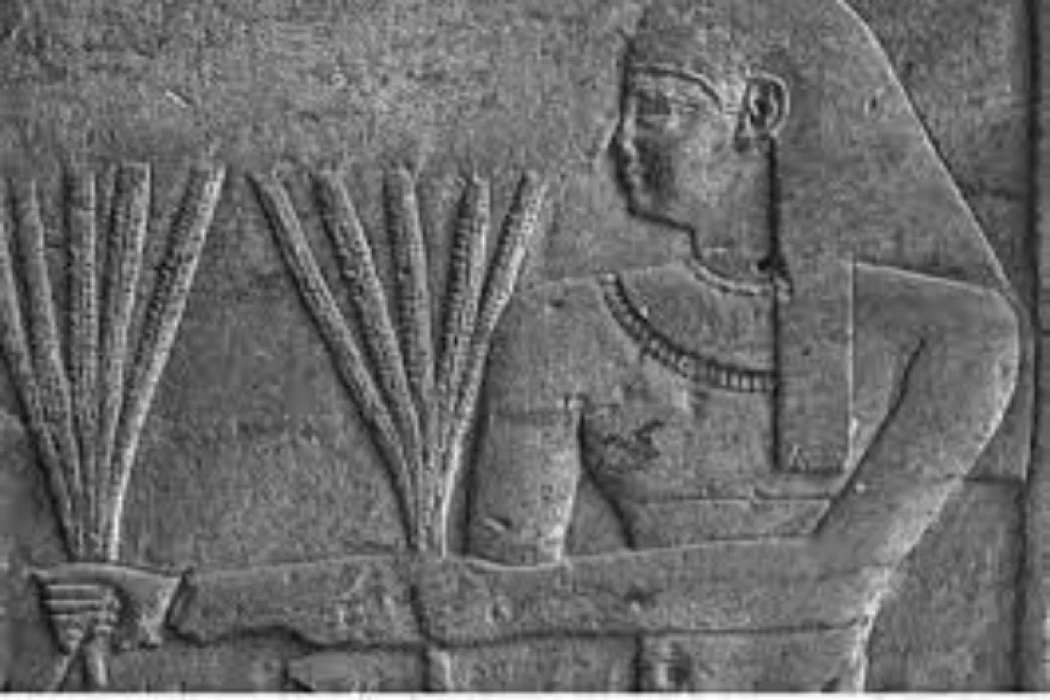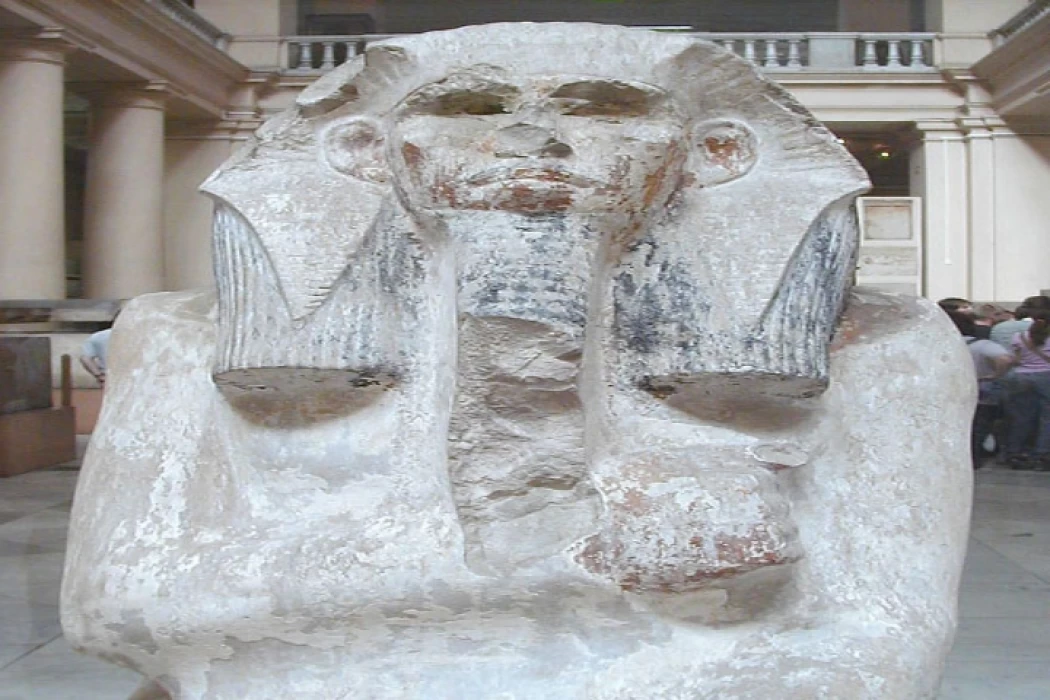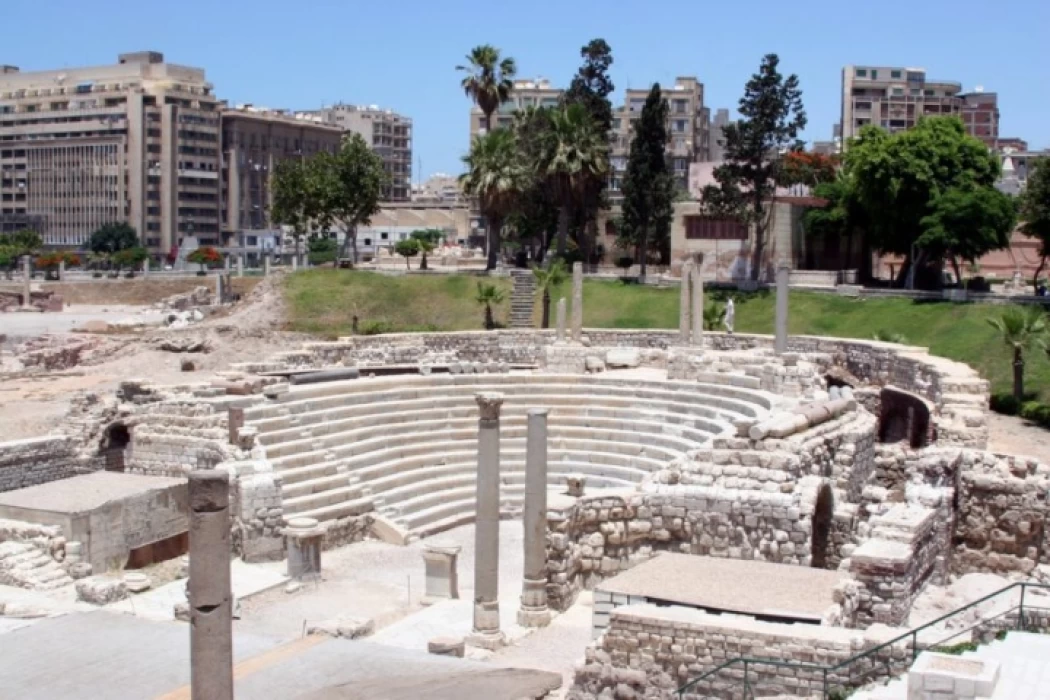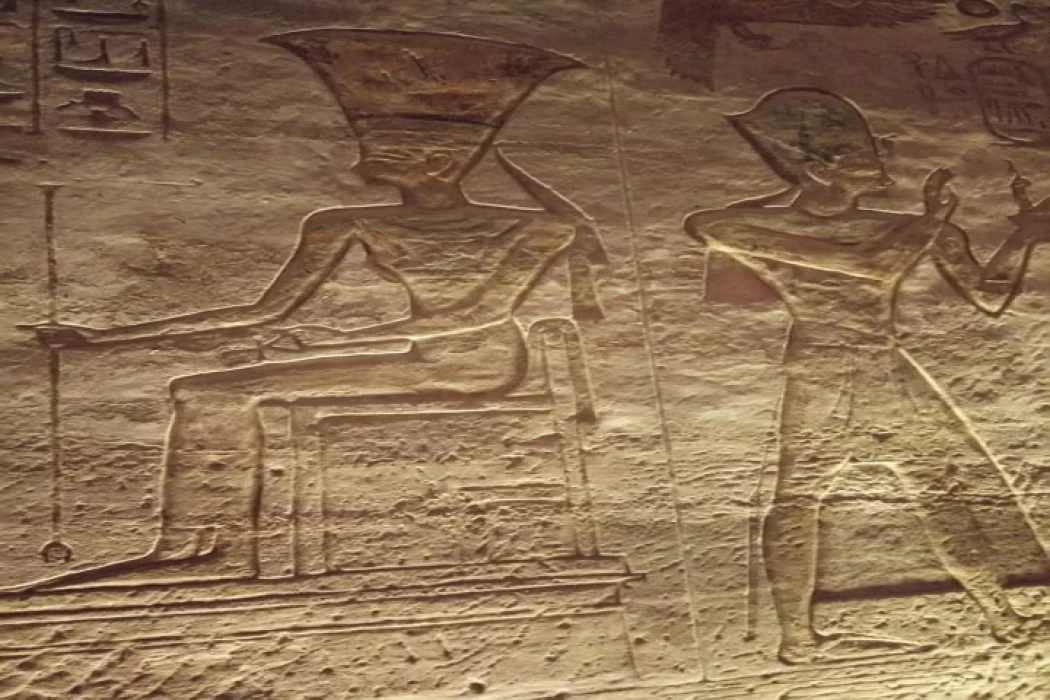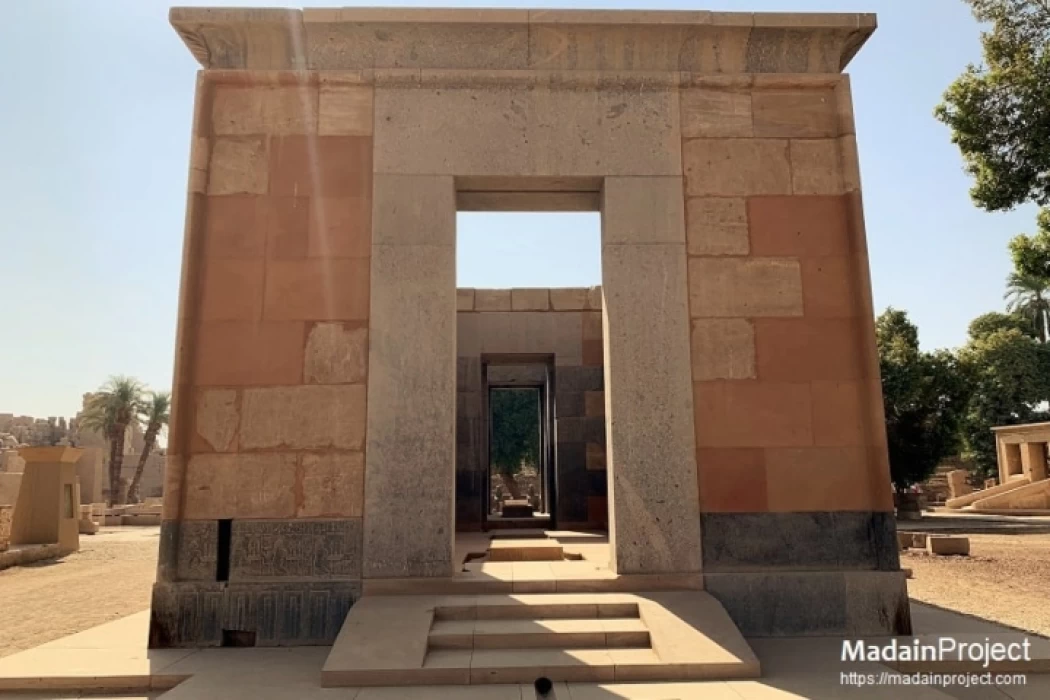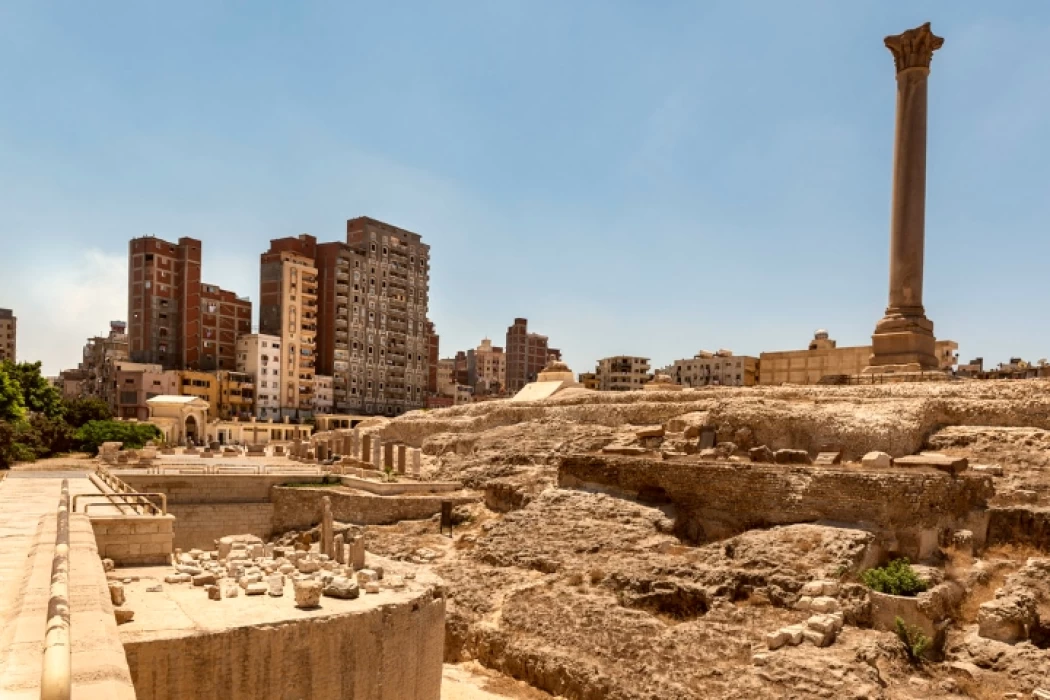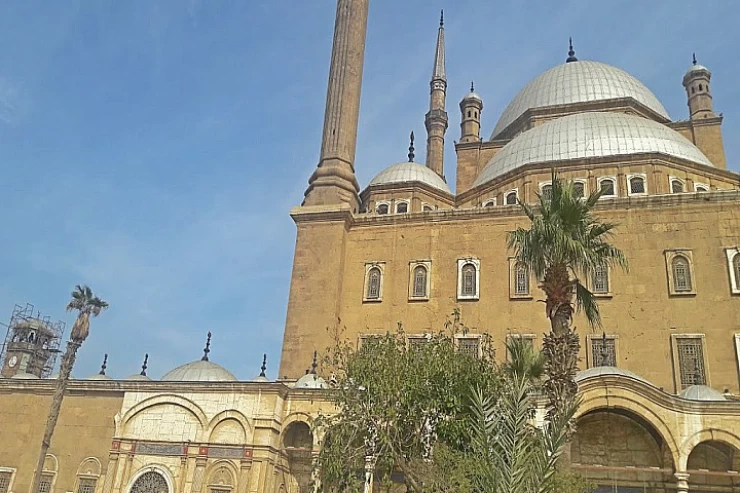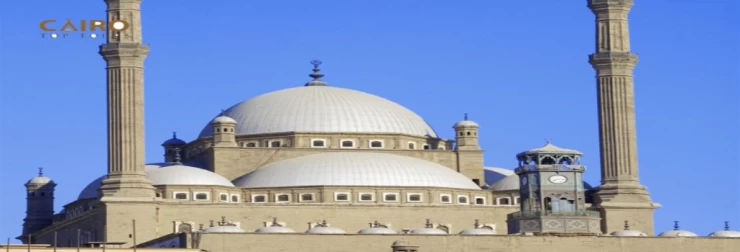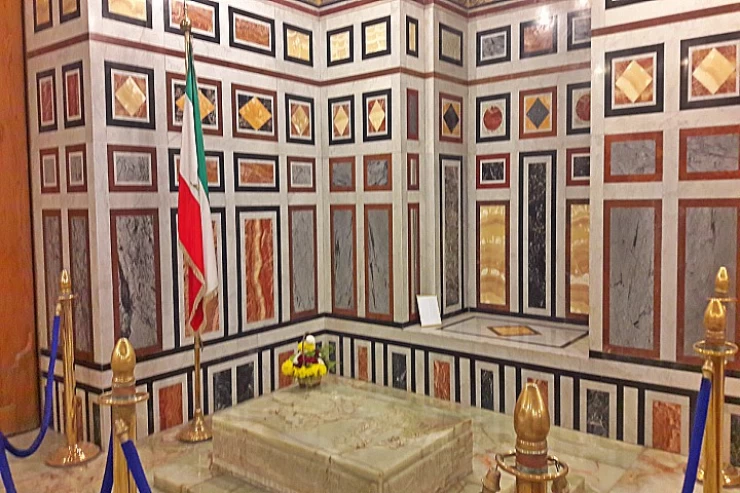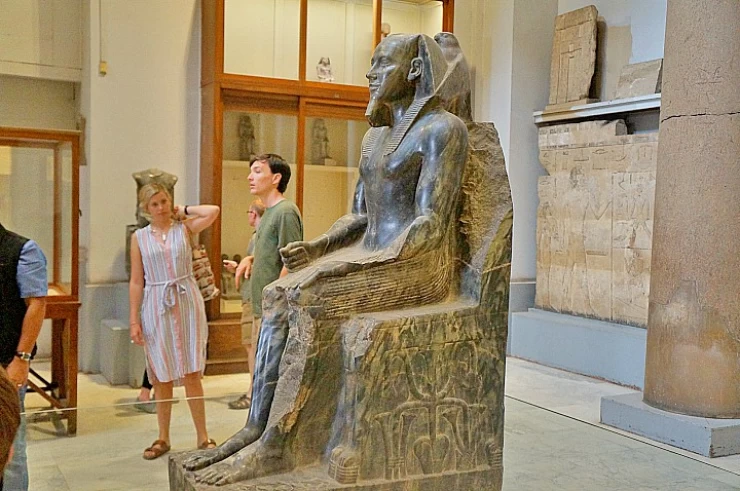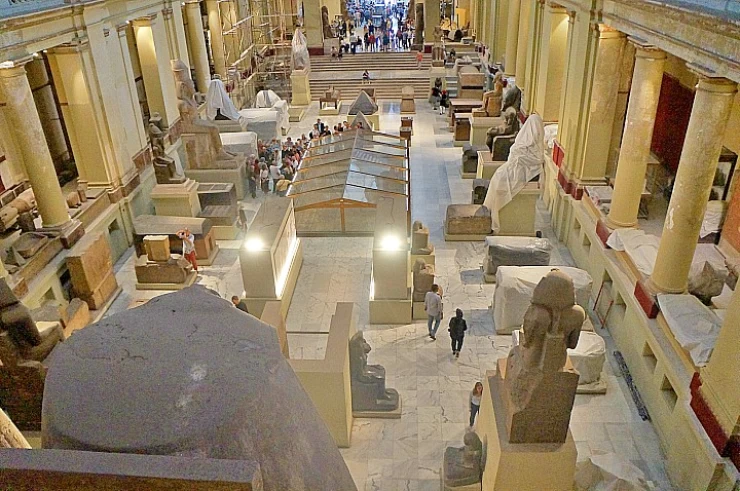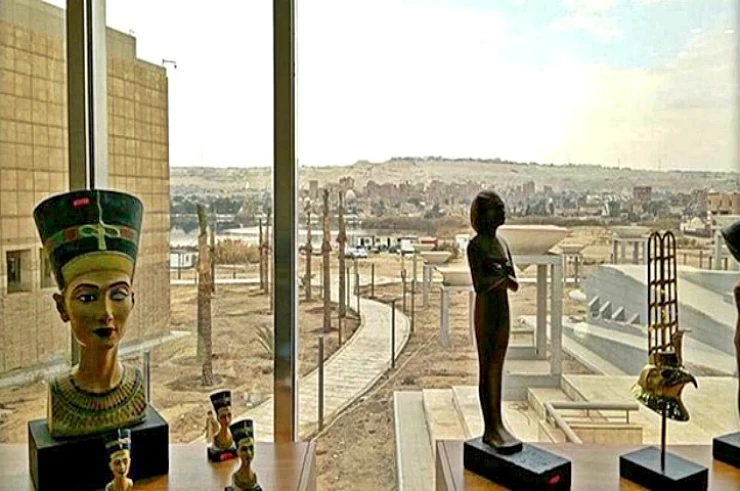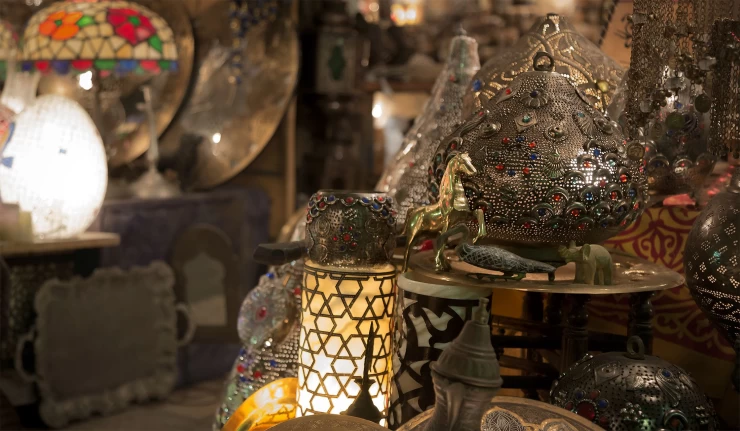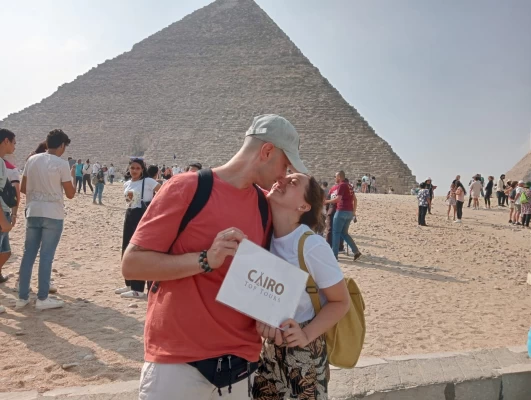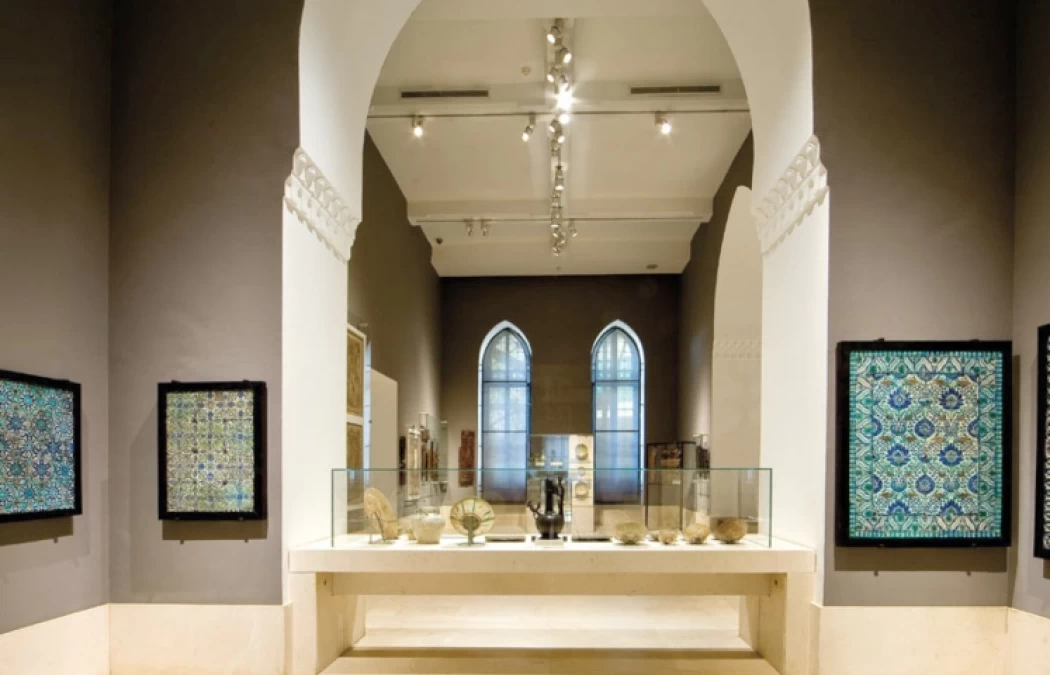
The museum of Islamic art
The Museum of Islamic Art in Cairo is the most prominent Islamic Museum in the world, where it houses various collections of Islamic art from India, China, and Iran through the arts of Arabia, the Levant, Egypt, North Africa, and Andalusia. Khedive Tawfik issued an order to the Awqaf Department in 1881 to collect all the precious art artifacts found in mosques and Islamic houses, so the Museum of Islamic Antiquities appeared for the first time in the world, and it was one room that the public was allowed to visit to study its antiquities, and in 1884, the ruler's mosque, Amr Allah, became the headquarters of the House of Arab
History
IN 1880 when Frantz Pasha collected archaeological artifacts dating back to the Islamic era in the eastern Iwan of the governor's mosque in Amr Allah, in 1882 the number of archaeological artifacts collected was 111 artifacts, and then a small building was built in the courtyard of the governor's mosque called the "Arab museum" under the management of frantzbasha, who left the service in 1892. The current museum building was opened during the reign of Khedive Abbas Hilmi II on December 28, 1903, and then the name of the house was changed in 1951 to the "Museum of Islamic Art". In 1982-1983, the museum was developed and a hidden garden was added to it, and a side door was opened leading to the museum garden. Among the additions made during the development were a library for the museum, a children's room, as well as a hall dedicated to displaying a collection of textiles and carpets.
Description
The museum has two entrances, one on the northeast side and the other on the southeast side, which is currently in use. The facade of the museum overlooking Port Said Street is distinguished by its Islamic motifs inspired by the Islamic architecture in Egypt in its various eras.
The museum consists of two floors; the first has Exhibition Halls, the second has storerooms and a basement used as a warehouse and for the Department of archaeological restoration.
The museum includes many archaeological Holdings dating back to the Islamic era, which number up to one hundred thousand archaeological artifacts the museum includes Islamic antiquities from various eras such as the Umayyad, Abbasid, Tulunid, and Persia
Latest Articles
Admin
Neper God Of Grain
Neper was the deity of grains, particularly cereals that were important in Ancient Egypt, such as wheat and barley. It was stated that he foretold when the crops would grow, be harvested, and disappear.
Admin
Djoser
Djoser was an ancient Egyptian pharaoh of the 3rd Dynasty during the Old Kingdom and was the founder of that epoch. He is also known by his Hellenized names Tosorthros (from Manetho) and Sesorthos (from Eusebius). He was the son of King Khasekhemwy and Queen Nimaathap, but whether he was also the direct successor to their throne is unclear. Most Ramesside king lists identify a king named Nebka as preceding him, but there are difficulties in connecting that name with contemporary Horus names, so some Egyptologists question the received throne sequence. Djoser is known for his step pyramid, which is the earliest colossal stone building in ancient Egypt
Admin
Kom Al Dikka Alexandria
Kom El Deka, also known as Kom el-Dikka, is a neighborhood and archaeological site in Alexandria, Egypt. Early Kom El-Dikka was a well-off residential area, and later it was a major civic center in Alexandria, with a bath complex (thermae), auditoria (lecture halls), and a theatre.
Admin
The God Anuket
Anuket, in Egyptian religion, the patron deity of the Nile River. Anuket is normally depicted as a beautiful woman wearing a crown of reeds and ostrich feathers and accompanied by a gazelle.
Admin
The Red Chapel of Hatshepsut
The Red Chapel of Hatshepsut or the Chapelle rouge was a religious shrine in Ancient Egypt. The chapel was originally constructed as a barque shrine during the reign of Hatshepsut. She was the fifth pharaoh of the Eighteenth Dynasty from approximately 1479 to 1458 BC.
Admin
The Serapeum of Alexandria
The Serapeum of Alexandria in the Ptolemaic Kingdom was an ancient Greek temple built by Ptolemy III Euergetes (reigned 246–222 BC) and dedicated to Serapis, who was made the protector of Alexandria, Egypt. There are also signs of Harpocrates. It has been referred to as the daughter of the Library of Alexandria.
